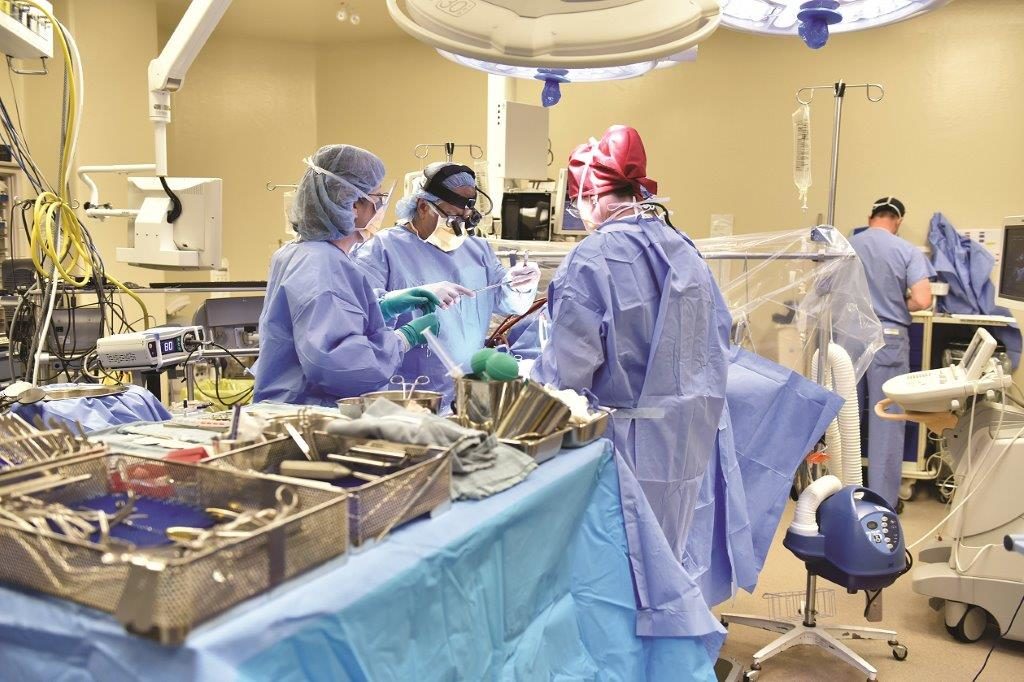St. Mary’s Introduces Minimally Invasive Heart Valve Procedure
Sep 28, 2018St. Mary’s General Hospital has introduced a minimally invasive heart procedure for patients with severe aortic stenosis who are at a higher risk for undergoing a valve replacement through traditional open heart surgery.
Known as Transcatheter Aortic Valve Implantation (TAVI), the procedure is being performed by a team of interventional cardiologists and cardiac surgeons on patients who are carefully screened for eligibility. Until this month, St. Mary’s was the only cardiac surgical centre in Ontario not offering the procedure.
Each year about 50 patients from Waterloo Wellington must travel to centres in London, Hamilton or Toronto for TAVI, waiting an average of 90 days. With the support of the Waterloo Wellington Local Health Integration Network, the Ministry of Health and Long-Term Care approved funding for 50 procedures to be completed at St. Mary’s before March 31, 2019.
“We are currently sending patients to centres with long waiting lists, so we are very excited to begin offering timely access to TAVI close to home,” says Andrea Lemberg, St. Mary’s Cardiac Program Director. “Our team spent months planning for this and our initial cases have gone very well.”
The aorta is the main artery responsible for pumping blood to the rest of the body. The aortic valve usually opens when blood is pumped from the heart to the rest of the body. With aortic stenosis, the valve becomes extremely narrowed and does not open properly. This can put extra strain on the heart. Symptoms can include chest pain, trouble breathing, dizziness and fainting spells.
Traditional open heart surgery requires patients to be put to sleep with general anesthetic. A large incision is made in the patient’s chest and the rib cage is opened to access the heart. Patients recover for about five days in hospital and for about three months at home.
With TAVI, a balloon-expandable aortic valve is implanted over the diseased valve using a catheter inserted through a small incision in the groin and passed through the femoral artery into the heart. Patients are given a moderate sedative and anesthesia that allows them to be awake during the procedure, have their pain controlled and recover more quickly. If all goes well, discharge occurs within 24-48 hours.
“TAVI is now the established technique for select patients with severe aortic stenosis,” says Dr. Jaffer Syed, an interventional cardiologist at St. Mary’s and Physician Lead for the TAVI Program. “It can greatly improve quality of life and improve survival.”
Ray Whittemore was the first patient to undergo the procedure at St. Mary’s on September 20 and went home late the next day. His wife Sandra, says of his recovery “when you think about open heart surgery and all that entails, this seems like a walk in the park. His incision has healed. It’s really quite something.”
“This team is so dedicated and passionate,” she added. “What they are able to provide at St. Mary’s is such a gift to the community.”

